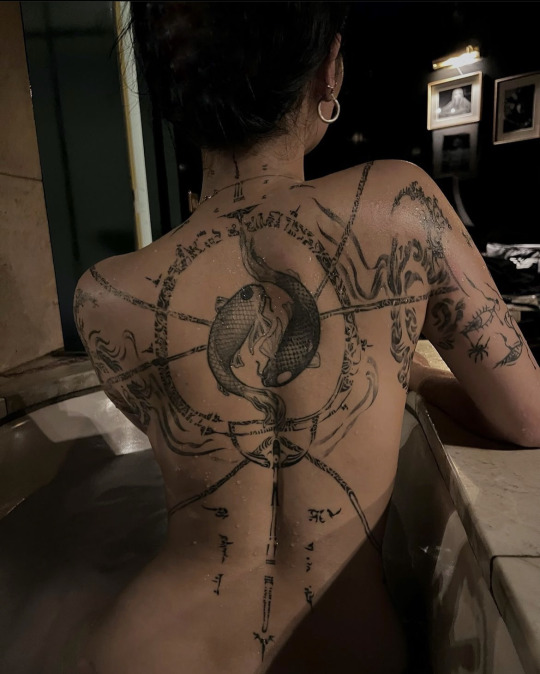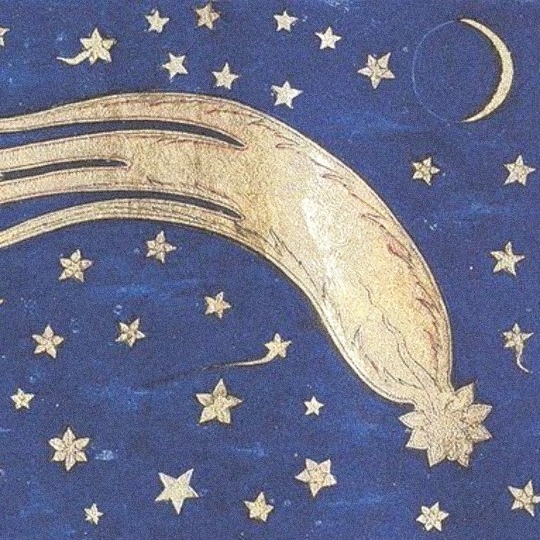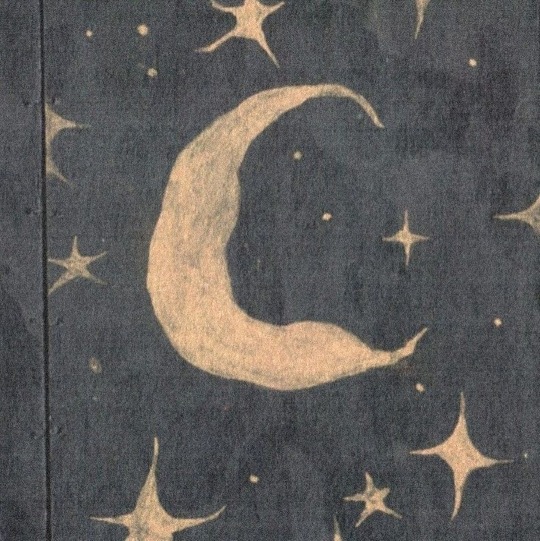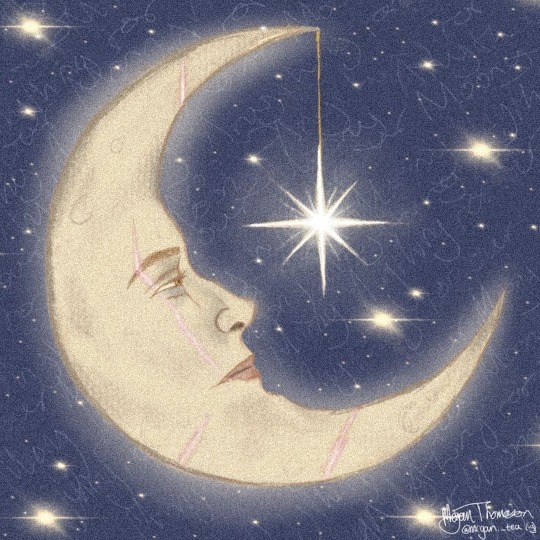Text
Rekha is such an hypnotizing woman 💠
Since when is a woman simply a helpless a animal?
10 notes
·
View notes
Text

Audre Lorde, Sister Outsider
6 notes
·
View notes
Text


Taken from Hedi Slimane's diary
8 notes
·
View notes
Text




Undercover by Jun Takahashi
#undercover#issey miyake#fashion#japanese fashion#astrology#art#couture#comme des garçons#yohji yamamoto#rei kawakubo
10 notes
·
View notes
Text

Comme des garçons
7 notes
·
View notes
Text




Issey Miyake by Irving Penn 1988
52 notes
·
View notes
Text





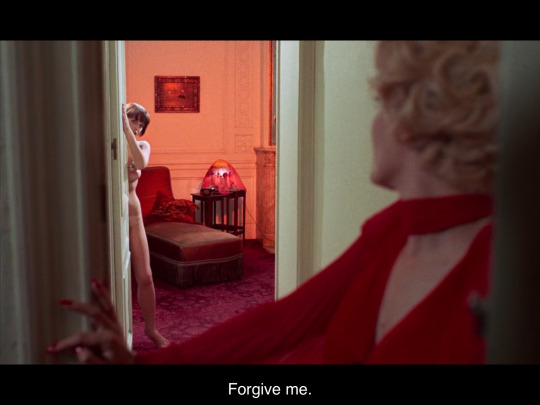

Daughters of darkness 1971
#cinema#coquette#astrology#daughters of darkness#wlw#aesthetic#movies#fashion#vintage#vampire#vampires
2 notes
·
View notes
Text
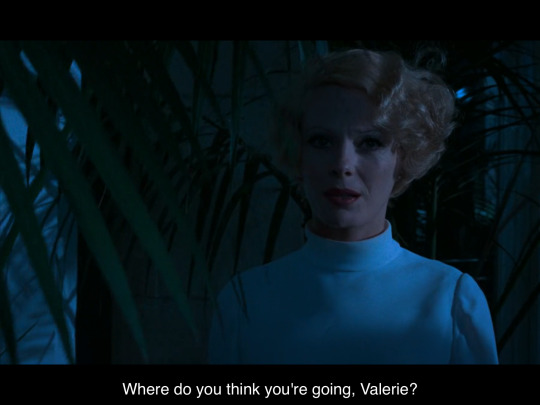









Daughters of darkness 1971
#cinema#french cinema#fashion#vintage#lana del rey#coquette#astrology#women#art#movies#daughters of darkness#ethel cain#girlblogging#female manipulator#dark coquette#vampire
4 notes
·
View notes
Text

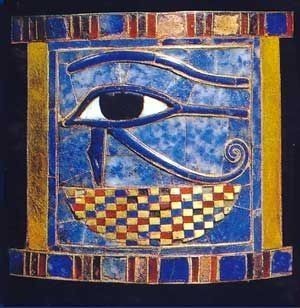

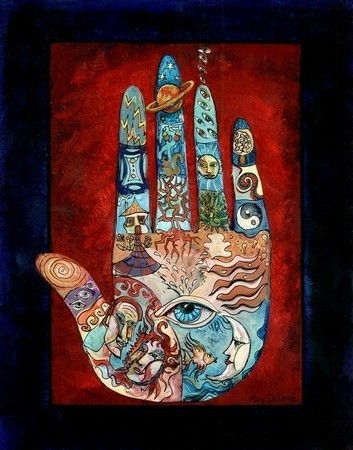






Can you guess what nakshatra it is ?
Hasta ! Moon people don't have a good rep right now I know. However let's not forget that everything is made of opposites, duality is the principle of substance so all nakshatras have a "good" and a "bad" side. What I think happens with hasta is that the moon rules over this nakshatra therefore they have an immense talent when it comes with playing with the human psyche. They can use this power to manipulate people and project a very innocent image of them, sometimes it does really feels like they are being canonized by their community haha. 😩
It is precisely this phenomena, that will create a lot animosity between them and venus, mars ruled nakshatras because mars women particularly from what I observed experience the complete opposite. Since mars is outwardly corrosive and inwardly soft, people are comfortable making mars women seem like the vilain, even in situations where it is obvious that they are the victim. Mars women seem agressive in their outer appearence because of their natural sex-appeal so society treats them poorly because of that.
Anyways, Hasta is the 13th nakshatra and is set in the virgo rashi. The main deity of hasta is Savistar: " the first rays of rising surya" or the impeller, Savistar is the "god who gives life" like sunlight is the reason of life on Earth. Hasta can translate to "hand" so it is a very manual nakshatra like chitra. Think about writing, organizing, constructing, even eating, hands are the reason why we exists today as homo sapien sapien. The lines of the hands are also synonymous with our destiny thus Hasta is also related to palmastry and therefore many occults subject related to finding the Truth. ( lifting the veil of Isis)
#cinema#vedic astrology#coquette#astrology#vintage movies#coquette dollete#fashion#aesthetic#vintage#movies#hasta#chitra#purva ashadha#purva bhadrapada#poetry#ashlesha#sidereal astrology#mars dominant#mars#tomie kawakami#moon#sailor moon#occult#ancient egypt#egypt
7 notes
·
View notes
Text
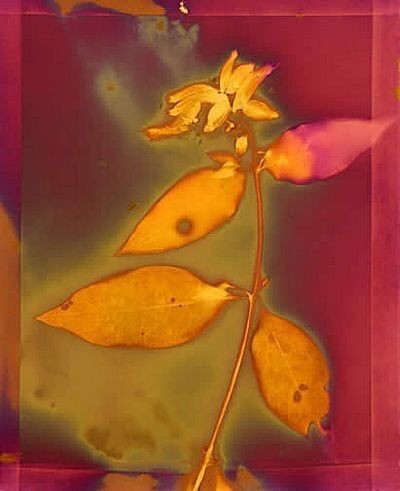

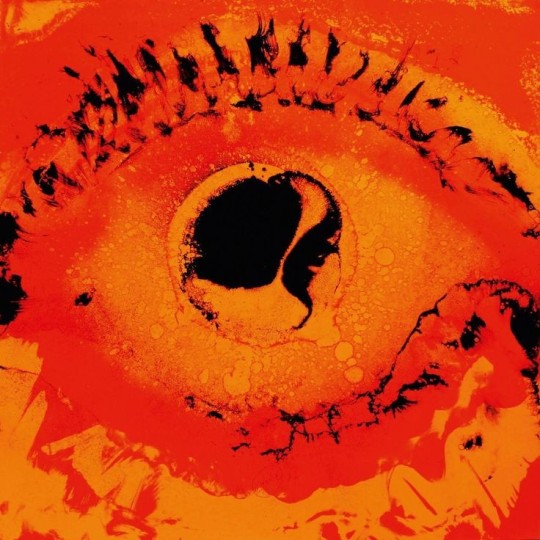






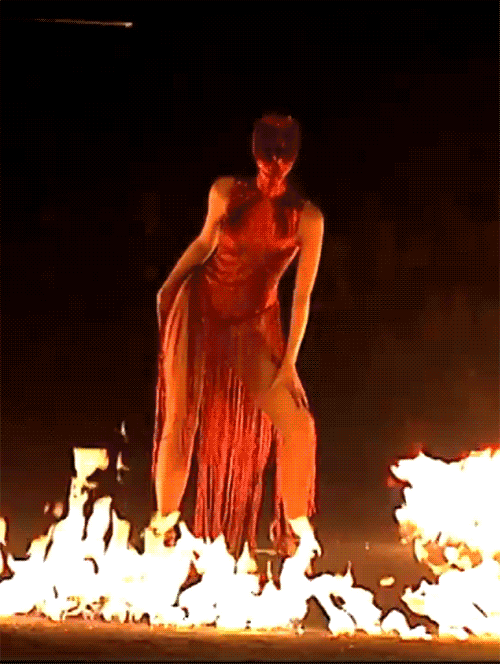
Vishakha, the star of purpose thus of dedication.
Vishaka translated from sanskrit means "the poison vessel", "forked" or "two-branched". Vishakha is "the power to achieve many fruits in life" this nakshatra is like pushya directed towards agriculture but I wanted to describe it's relation with fire in this moodboard.
The main deities are Indra and Agni who associate Vishakha with fire (Agni) and dedication and passion (Indra), Vishakha embodies the fire of dedication, it represents fixation. Indra is the one who create thunderbolt and thunderbolt create fire. The "poison vessel" refers also to the ability of fire to destroy indiscrimately and the "forked" refers to the duality of this nakshatra which is ruled by two deities also lies between two rashies: libra and scorpio, the separation of two individuals (I will elaborate on that later)
Devotion is also a proeminent theme of Vishakha: the burning passion that pushes an individual towards the achievement of his goal, not only that but also the burning passion between two individuals.
Vishakha is associated with Hestia, the goddess of the olympian fire who was charged by Zeus (thunder god and her boss) to keep the fire alive.
#vedic astrology#astrology#cinema#coquette dollete#coquette#aesthetic#vintage movies#movies#fashion#vintage#vishakha#ashlesha#purva bhadrapada#purva phalguni#anime#manga#revati#women#purva ashadha#chitra nakshatra#jyotish#purnavasu#mirgashira#ardra#mula#magha#uttara bhadrapada
45 notes
·
View notes
Text
VEDIC ASTROLOGY MASTERLIST
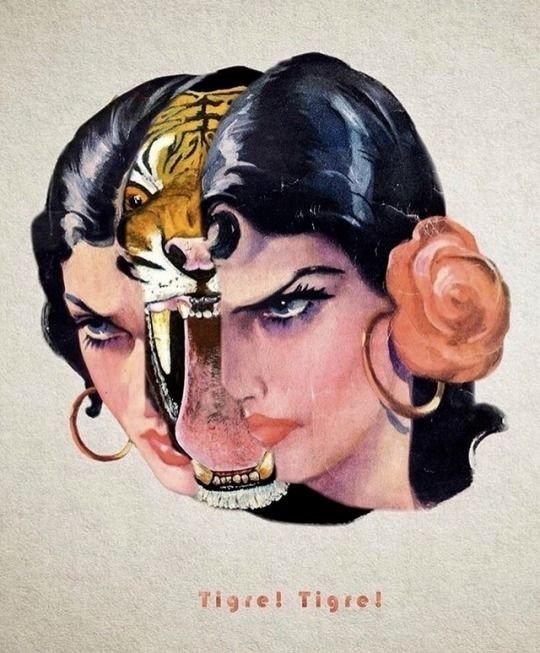
Ashlesha
Bharani
Bharani's relation to ancient goddesses
Chitra
Revati women
Vishakha
Hasta
I am not a professional astrologer, however I have been studying western astrology since 2020 and vedic astrology since 2 years. I intend on becoming a professional astrologer so please if you want to debate politely on any of my ideas I am very much open to the discussion. I am here to learn.
#vedic astrology#astrology#sidereal astrology#jyotish#purva bhadrapada#purva phalguni#purva ashadha#bharani#hasta
25 notes
·
View notes
Text
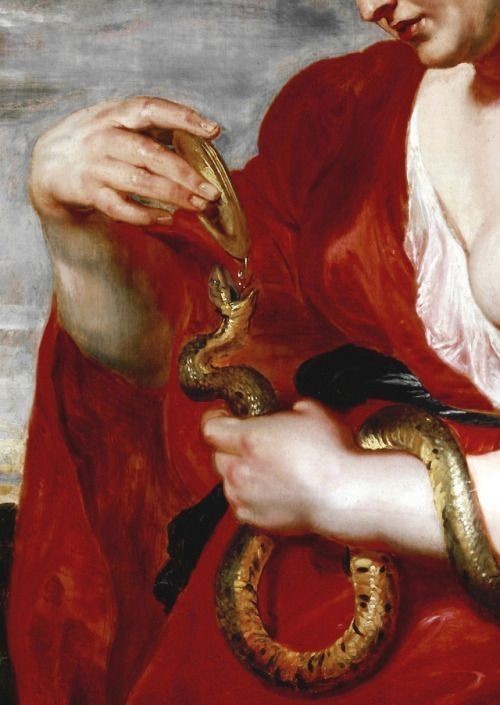





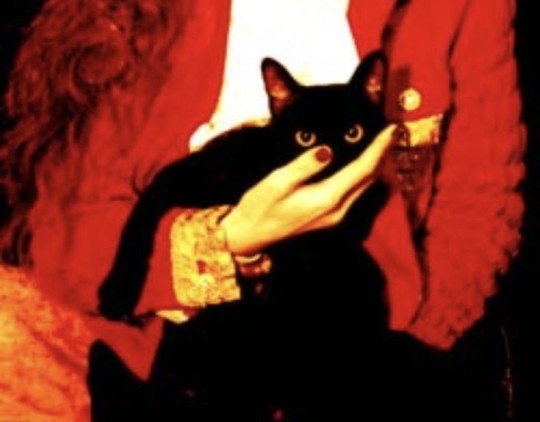



Ashlesha, "to entwine, the coiling, the embrace "
The power to inflict and remove poison
Ashlesha nakshatra main deity is Shesha, the snake king, it is also associated with the coiled snakes of the kundlini, naga, the cup of hygia, the hydra.
The serpent symbolism is very proeminent in ashlesha and it's the reason of it's association with medecine, the sacred feminine (also the cat) and so many other occult subjects omg.
I find that the path of ashlesha natives consists of transforming poison into medicine. Many of these people had to endure great abuse at the hands of others : they were poisoned. However to free themselves, they have to transform it into medecine, find a way for it to benefit them in order for the poison to heal them instead of killing them, similar to the way the venom of the snake can kill but also heal.
Marylin Monroe, Tina Turner, Lana del Rey, The movie "Precious" are all great examples of this reality, as Hidden octave indicated in their video on ashlesha.
PS: Doing research on Bharani and it's relation to ancient godesses led me to all of the others outcast nakshatras: bharani, ashlesha, vishakha and Shravana. (so Claire was right). I think that I'm going to do a series on these 4 nakshatras and how they relate ultimatly to these ancient times where goddesses were the start of everything. So I'm gonna need some time to reorgarnize all of my informations in a more coherent manner. 🥲😗
#cinema#astrology#vedic astrology#coquette dollete#aesthetic#coquette#fashion#vintage movies#movies#vintage#sidereal astrology#anime#my sims#sims 4#bayonetta#ashlesha#chitra nakshatra#purva bhadrapada#purva phalguni#revati#precious#marilyn monroe#cowboy carter#cochella#lana del rey#lana del ray aka lizzy grant#beyonce#jyotish
48 notes
·
View notes
Text
Bharani : the birth of Venus.
Part 1

Let's talk about ancient godesses of love and Bharani nakshatra.
I will base my research on the legend of the dead and resurrected god present in many religious myths coming from the middle east (ps : i'm sorry in advance for the grammar, syntax or spelling mistakes that you may find in this post, english is not my first language)
Bharani, situated in the heart of the rashi of aries is governed by Shukr: Venus but also by Yami and Yama in vedic mythology who are twins and gods respectfully of life and death.

Yama, the main deity of Bharani is said to be one of "8 celestial gatekeepers, who guards eight directional doorways or exits through which souls travel from an earthly plane to other planes of existence" making him the lord of Dharma since at one's death, he decides basing on his actions in what plane should one reincarnate.

Since Yama is responsible for directing the flow of life on Earth the association between bharani and the yoni becomes evident: the female reproducting system serves as a portal for souls to take on a physical form. So bharani as Claire Nakti perfectly described it relates to the feminine ability to receive, hold, nurture and ultimately transform through the womb.
Because Bharani aligns itself with all the feminine qualities by excellence it makes sense as to why Venus is it's ruler.
Venus is the roman name for the goddess Aphrodite: in greek mythology. She is said to be the goddess of love and beauty at large but also the goddess of war and sexuality. First because the ancient greeks saw the duality that links love to war and how they seem to come together through sex.
Also, Aphrodite is said to be born from the sperm of Ouranos when his testicules got cut by his son Saturn as he was always feconding Gaia, the Earth and causing her distress: he was acting cruel regarding their children. The sperm of Ouranus got mixed up with the foam of the Ocean creating Aphrodite which means "risen from the foam". So it was interesting to see that as Shukr also means sperm in sanskrit and it shows the origin of Venus as a fertility goddess too.

This conception of Aphrodite directly links her to ancient goddesses of love such as Ishtar or Inana in Mesopotamian/summerian mythology or Isis in egyptian mythology. Most of the time, these goddesses are the female counterpart of a god that was once mortal, got cursed, died and then came back to life for them to form an immortal couple.
In the case of Ishtar, her consort is Dumuzi or Tammuz and Osiris is the consort of Isis.
In Mesopotamian mythology :
Ishtar or Inana in sumerian is the goddess of love and sexuality, beauty, fertility as well as war because of her status as a " bloody goddess" mostly refering to her character in plenty of myths.
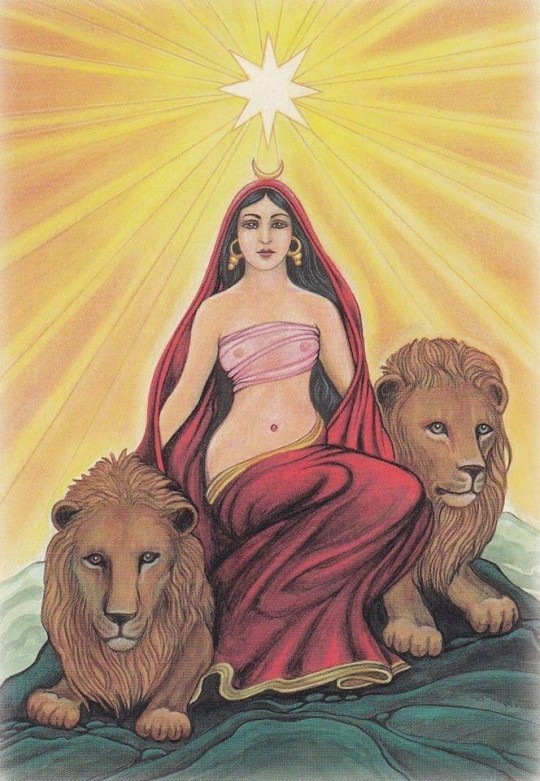
For example: in one story, she became infatuated with the king Gilgamesh, but the latter knowing her fierce reputation, refused her advances. As a result she got furious and unleashed the celestial Bull on Earth which resulted in 7 years of plagues. This celestial bull was later defeated by Gilgamesh and Endiku, and its corpse was throwed in front of Inana. Blinded by rage, she decided that as a punition Enkidu must die and sad at the death of his bestfriend Gilgamesh began his journey to find a cure to Death.
Bharani is a fierce or Ugra nakshatra meaning that its nature is agressive, bold and assertive in pursuing their goals. They are ruthless in the process of accompling what they desire the most and are inclined to extreme mood swings that can result in them to be "blinded" by their extreme emotions perfectly expressing the passionate character of Venus and her other equivalents in differents pantheons of antiquity.
Inana/ Ishtar's story with Dumuzi/Tammur begins as she was convinced to chose him by her brother Utu. Then she got married with the shepphard Dumuzi instead of whom she prefered in first the farmer: Enkinmdou. During the courtship, Inana prefered the fine textile of the farmer and his beer rather than the thick wool and milk of Dumuzi. The preference for the shepphard illustrates that at the time the Mesopotamian civilisation was known for their proliferent agriculture with the egyptians in the region, so this myth encapsulate the opposition between nomads and sendatary people at this specifific time period.

By the way, another symbol of Bharani is the cave and traditionnaly, the cave was used as a storage room for food. Also Bharani's purpose is Artha so these individuals are motivated to accumalate resources and provide safety and security, so Bharani can be linked to the exploitation of natural ressources like the soil illustrating the preference of Ishtar for the farmer. This is reinforced also by its Earth element.
So coming back to the myth, in a mesopotamian text called Inana's Descent to the Underworld, the goddess goes to Kur (hell) with the intent of conquering it, and her sister Ereshkigal who rules the Underworld, kills her. She learns that she can escape if she finds a sacrifice to replace her, in her search, she encounters servants who were mourning her death however she finds Dumuzi relaxing on a throne being entertained by enslaved girls. Enraged by his disloyalty she selects him as a sacrifice and he is dragged to the Underworld by demons.
He is eventually resurrected by Inana and they become an "immortal couple" as he may only come back to life for half of the year, being replaced by his son (?) who is also his reincarnation for the other half of the same years, so describing the cycle of regeneration of life.
Other mythologycal stories of goddesses in the near east describe a similar patterns:
The goddess Asherah is described as being the mother and the lover of her son Adonis.
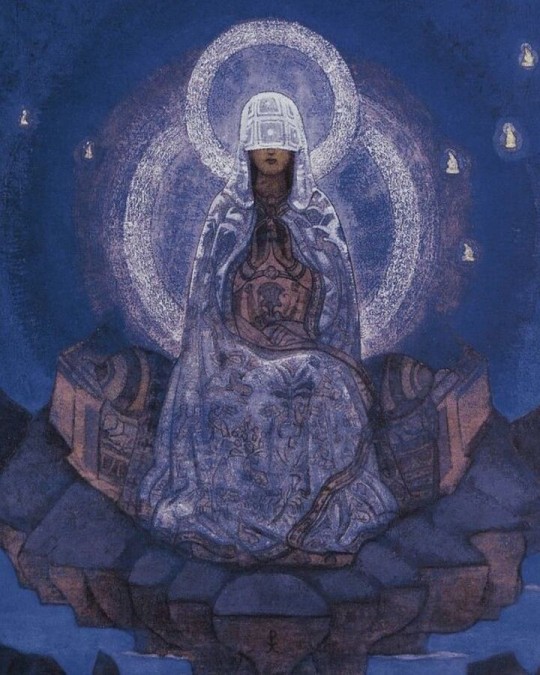
The goddess Cybele in the phrygian pantheon takes the form of an old woman as she described as the mother of everything and of all. And at the same time she is the consort of Attis who his her own son (wtf ?)
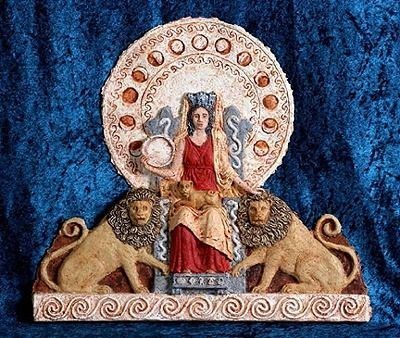
Also, Yama and Yami are implicated in a incestuous entanglement where his sister Yama wanted to lay with him however he refused establishing himself as a god with an infaillible moral campus.
All of these representations illustrate the relation between the masculine and the feminine, life and regenration which are all topics related to Bharani nakshatra. Women by their capacity to give life are seen as the source of life and therefore are eternal as they are able to regenarate themselves through daughters which are identical to them whereas man who is unable to reproduce by himself, is therefore mortal feels the need to associate with her to resurrect through a son who is identical to him. Bharani exiting as the embodiment of the link between "the father and the offspring" which is the feminine vessel.
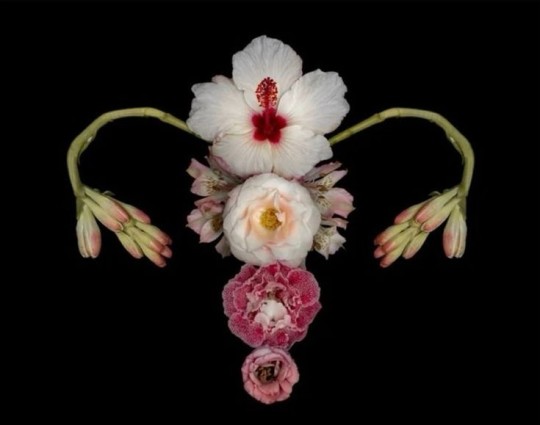

So this is certainly part 1, I think that these ancient myths are where Claire Nakti found her inspiration for her series on Bharani.
#vedic astrology#cinema#coquette#astrology#vintage movies#aesthetic#coquette dollete#fashion#vintage#movies#greek mythology#roman mythology#ancient egypt#bharani#chitra nakshatra#purva bhadrapada#purva phalguni#cowboy carter#venus#adonis
103 notes
·
View notes
Text






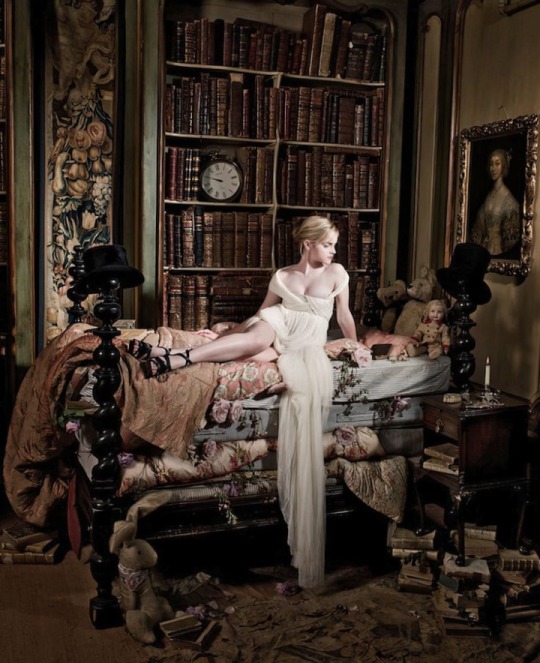



"The Princess and the Pea" - Givenchy 1996/ Milla Jovovich/ Emma Laird by Hellen Van Meene/ By Edmund Dulac / By Tim Walker/ BLADEE x Heaven by Marc Jacobs/ Emma Watson by Lorenzo Agius/ by William Henry Margetson/ @/maligoshik by @/marysergeevna / by Christian Birmingham
1K notes
·
View notes
